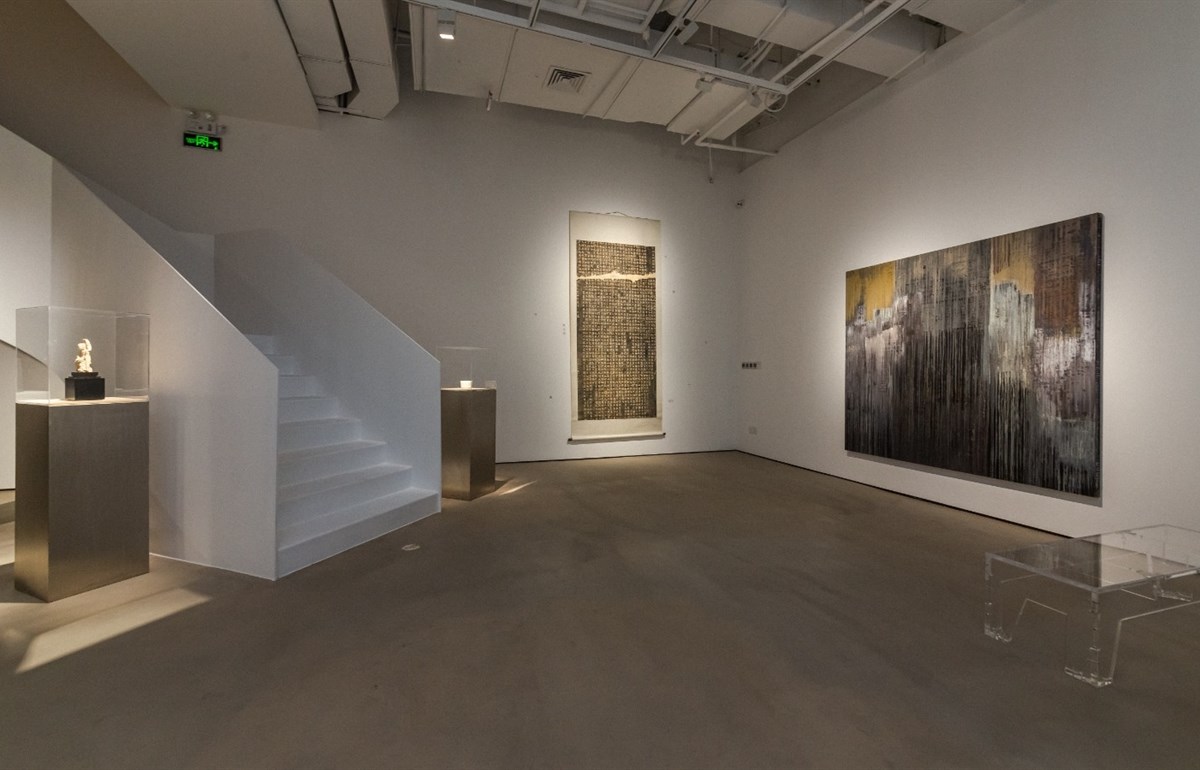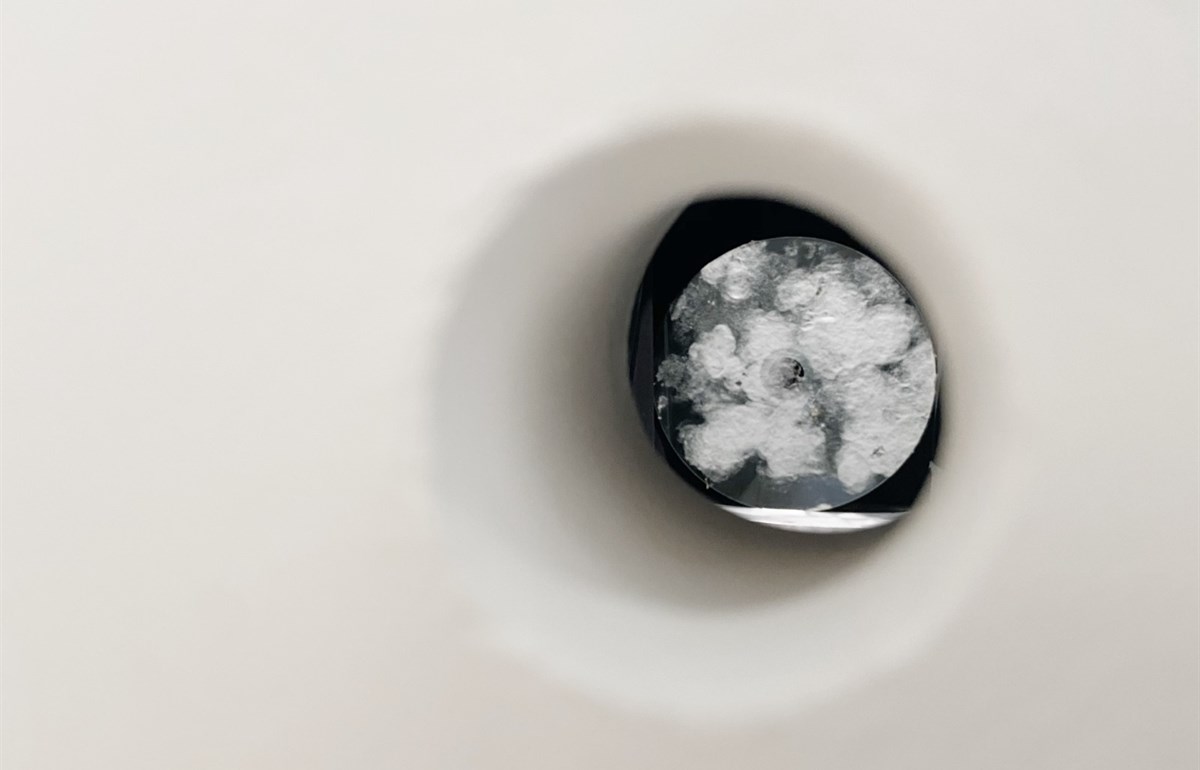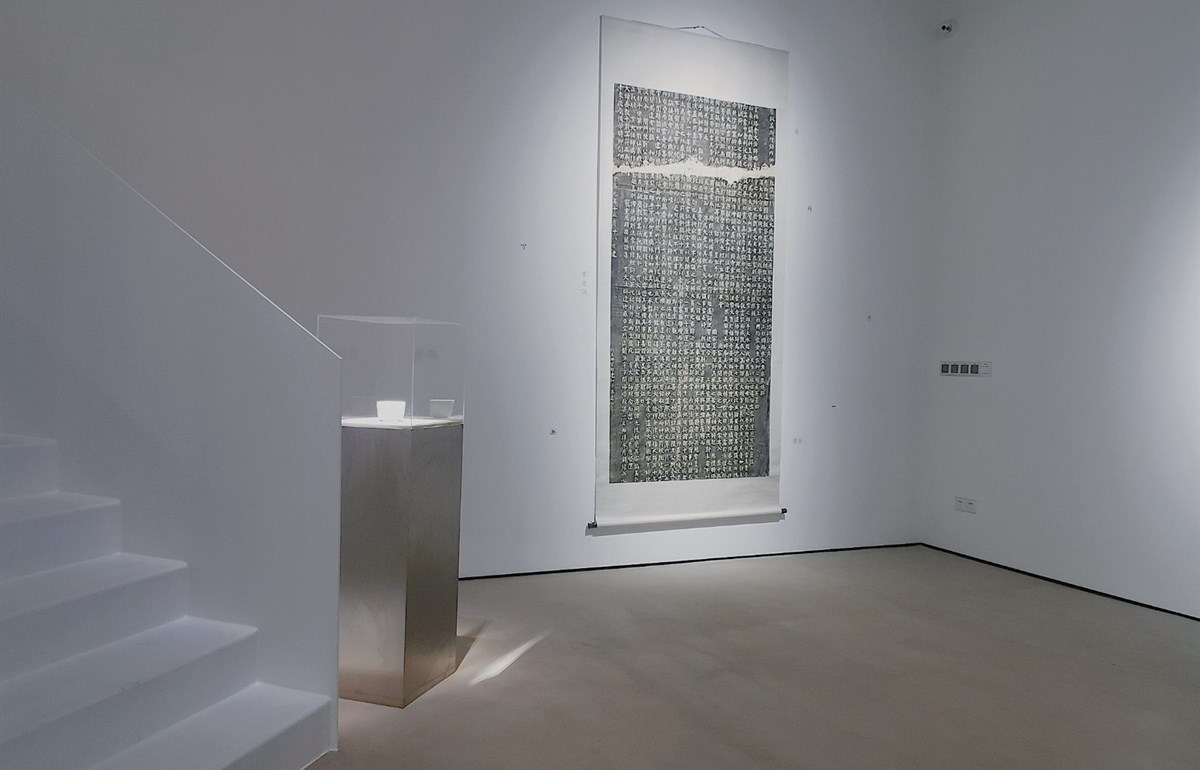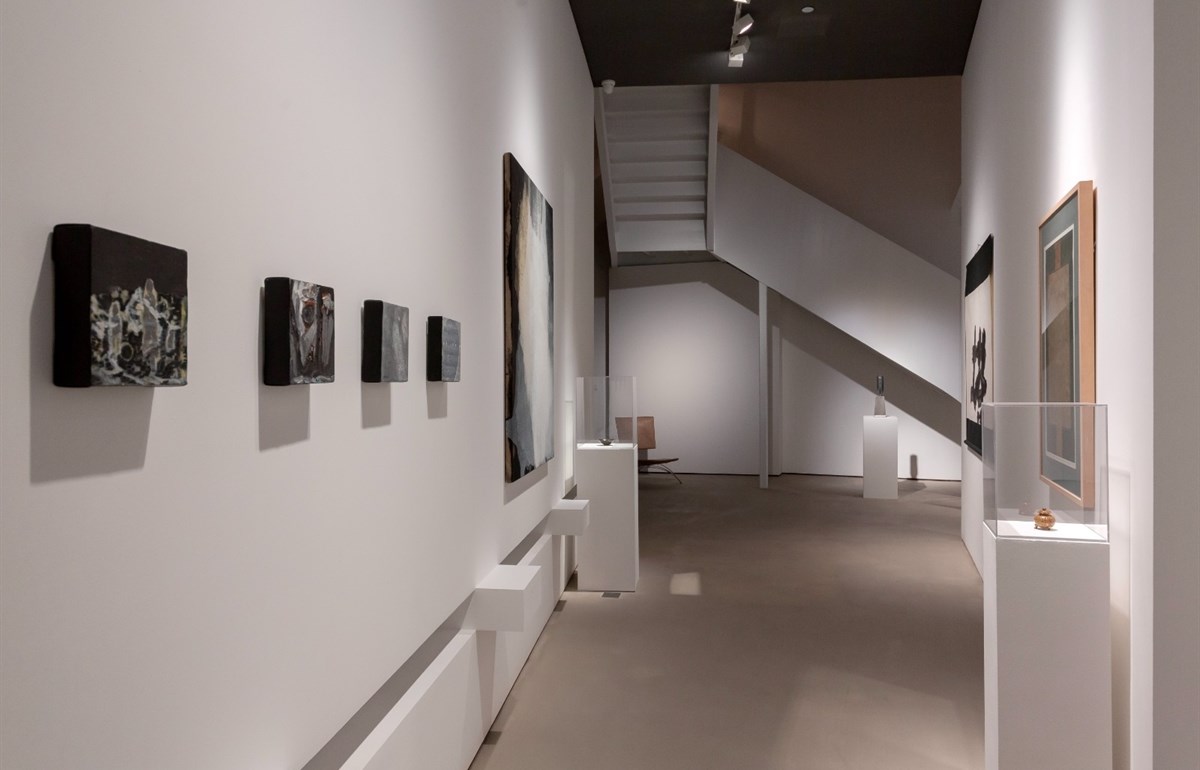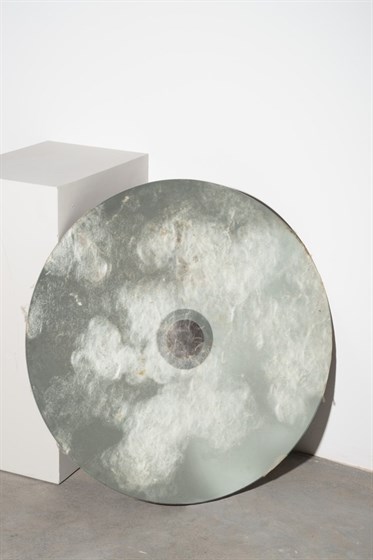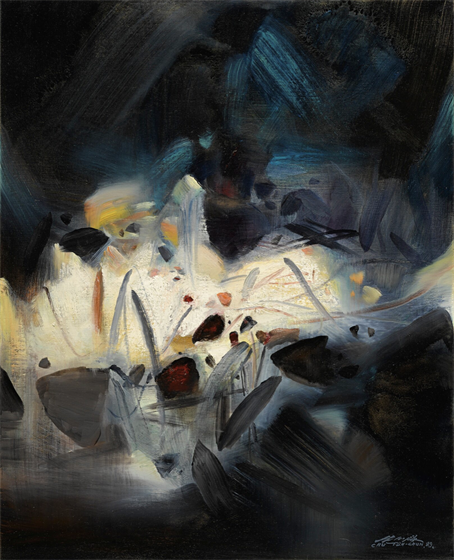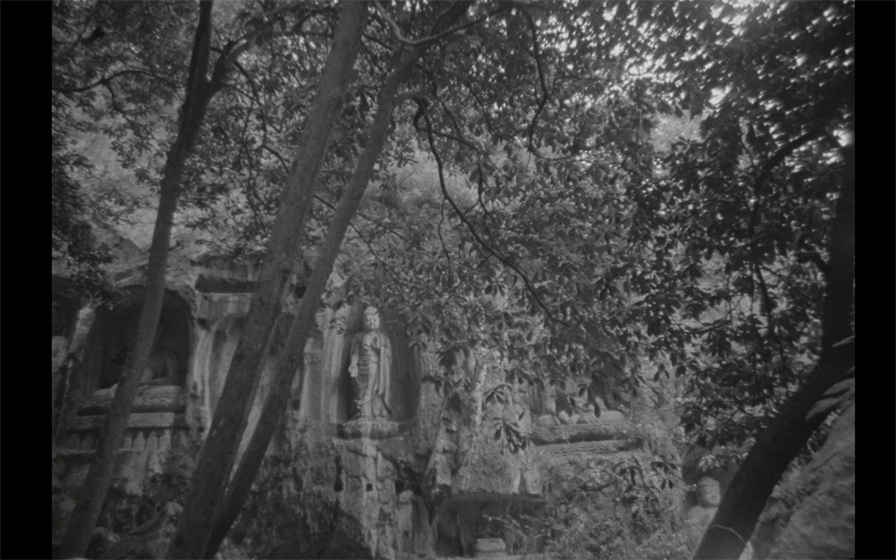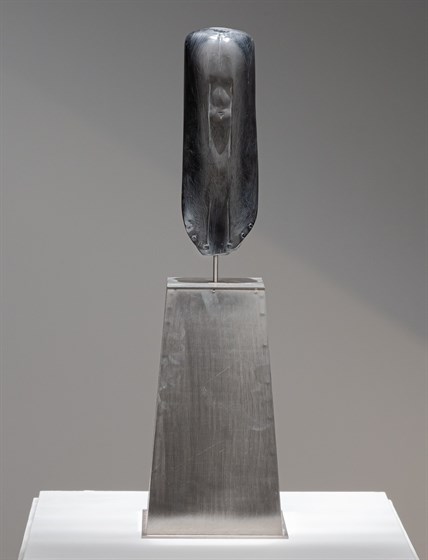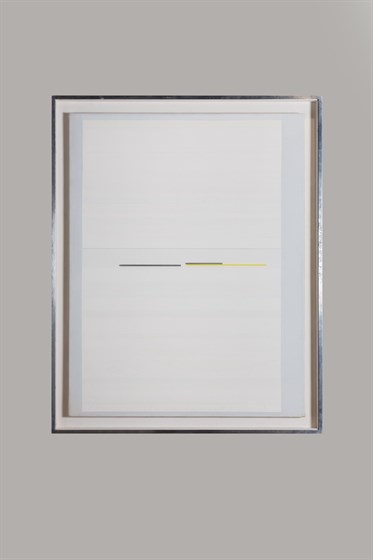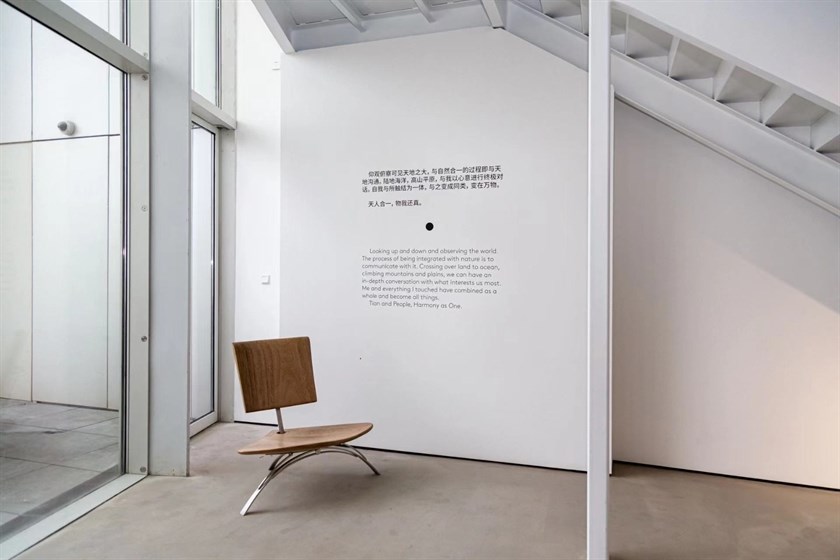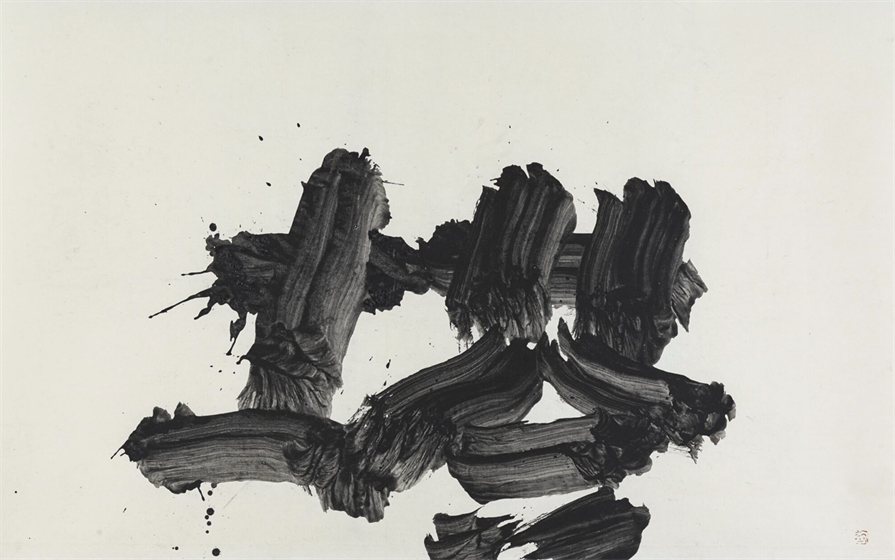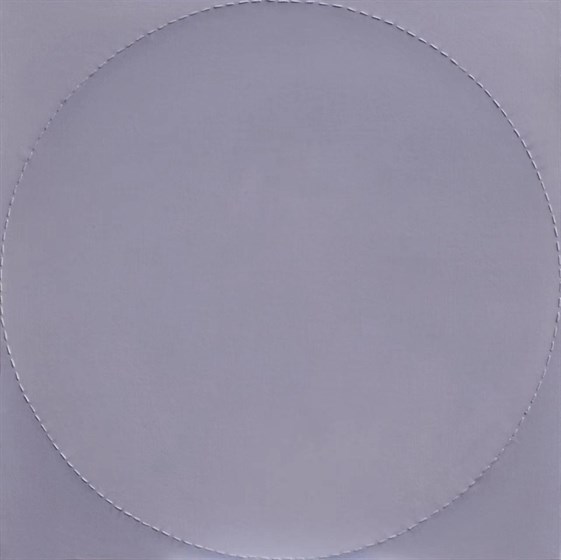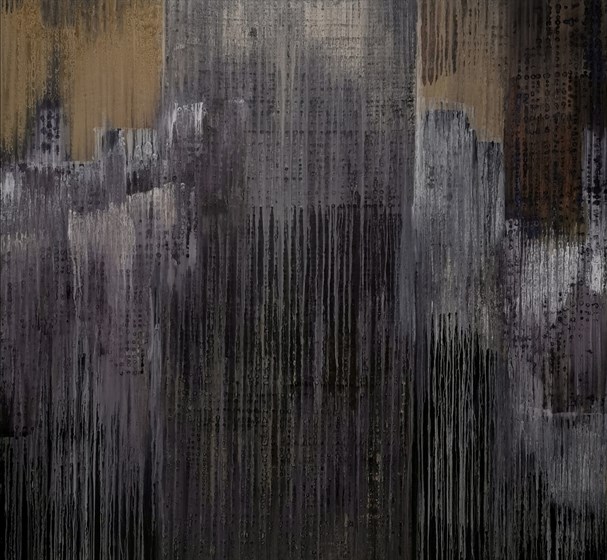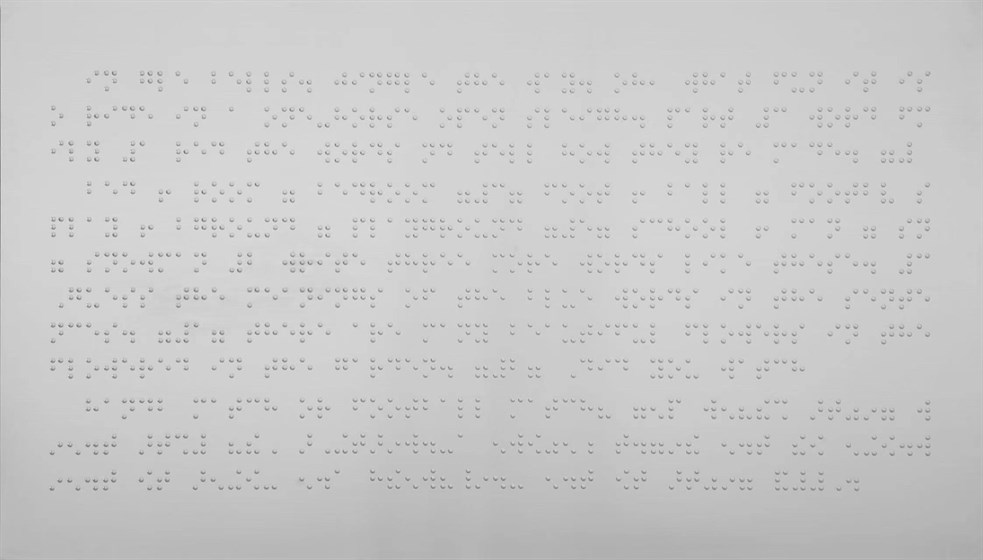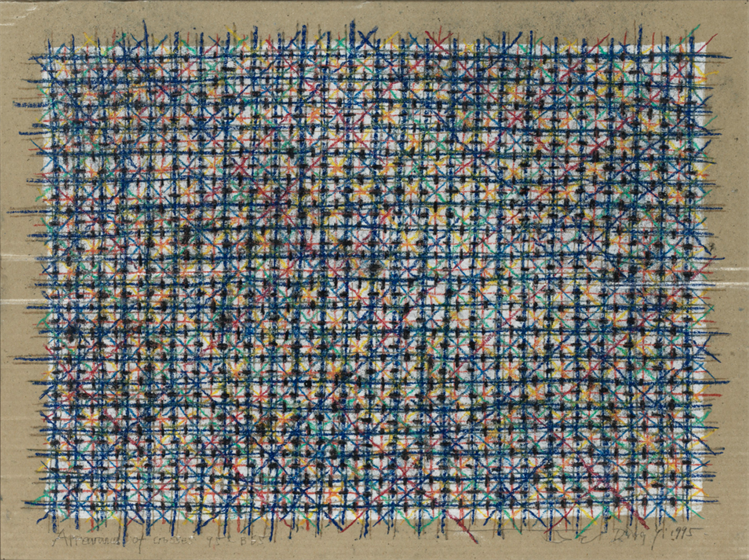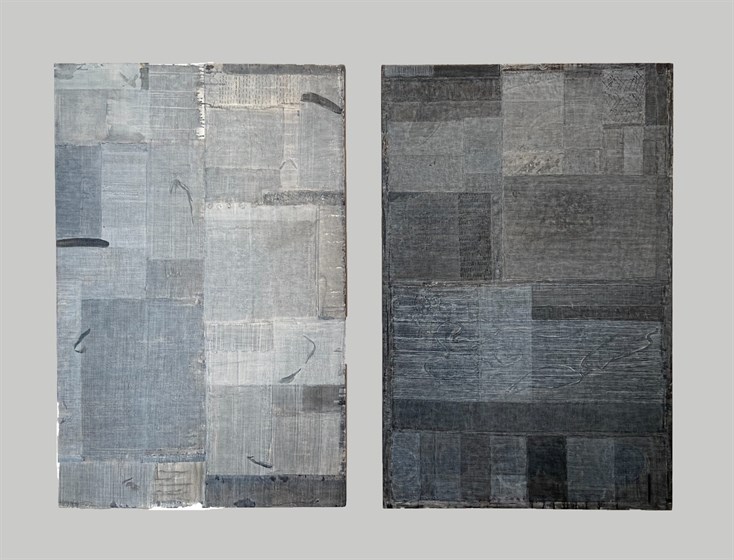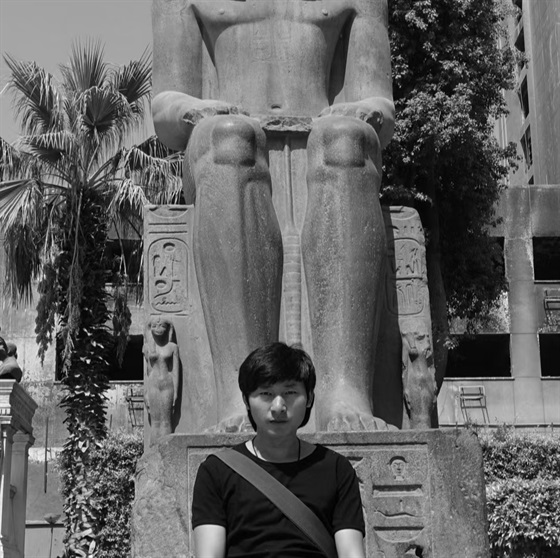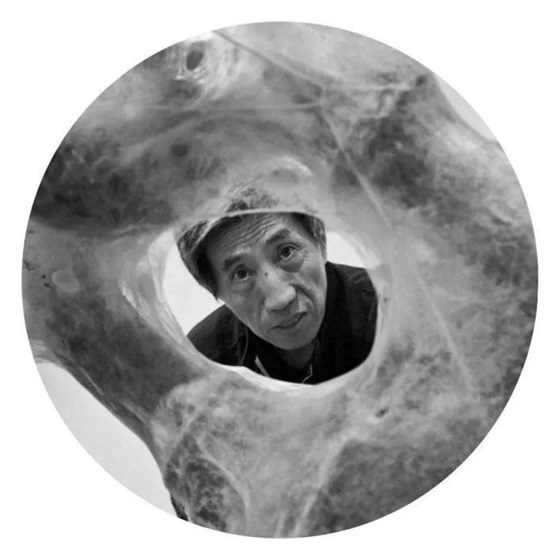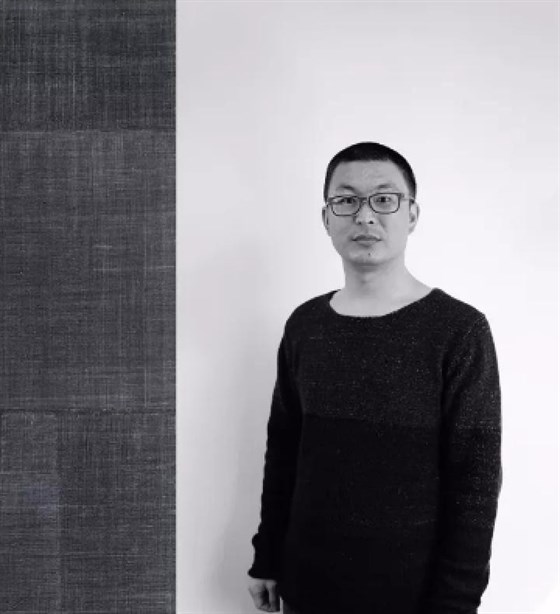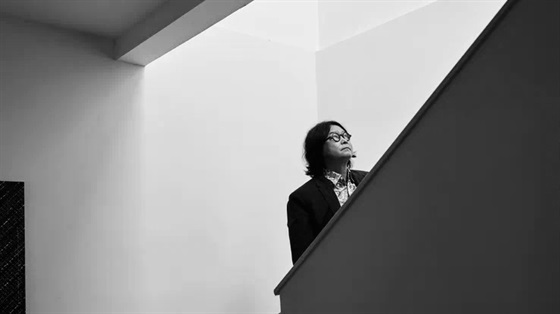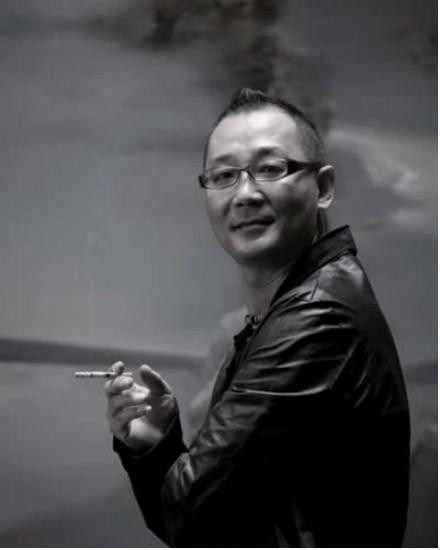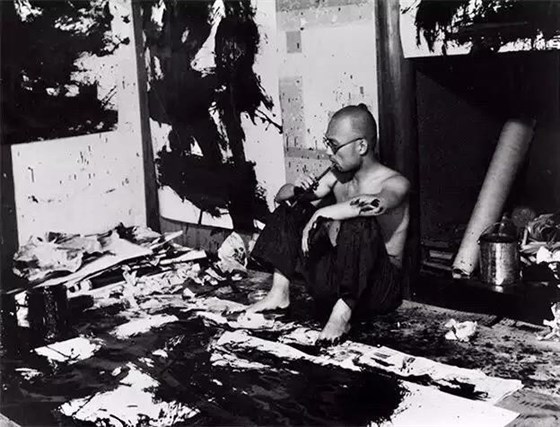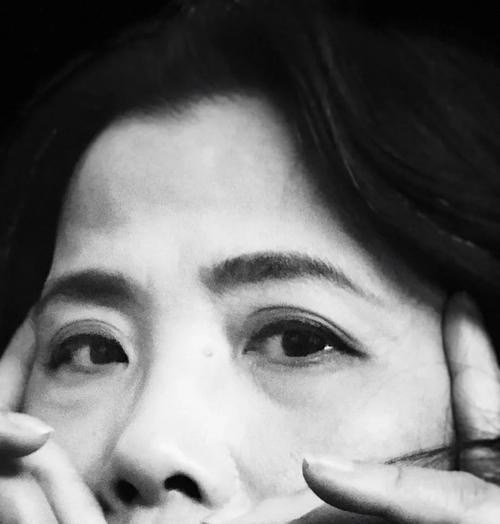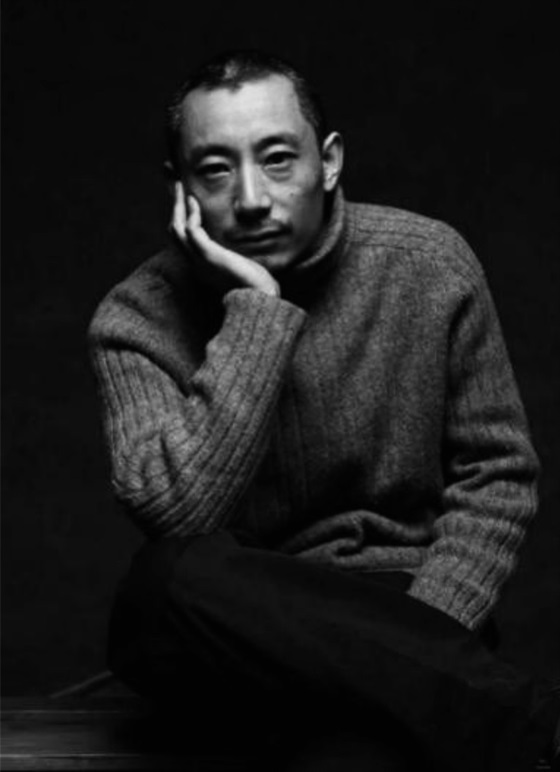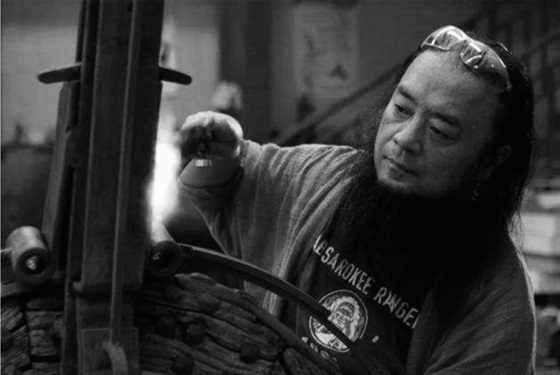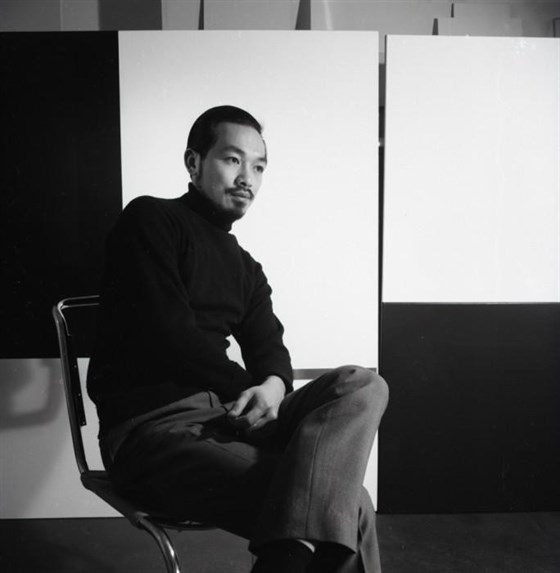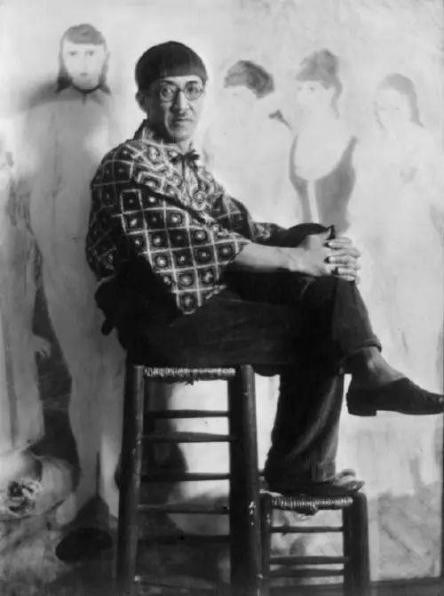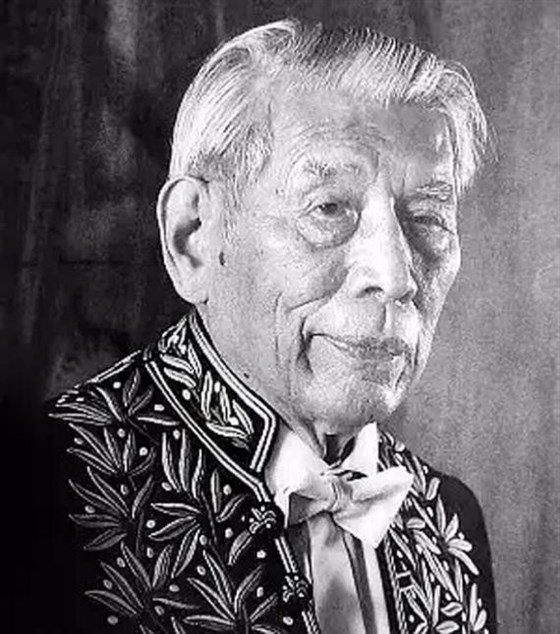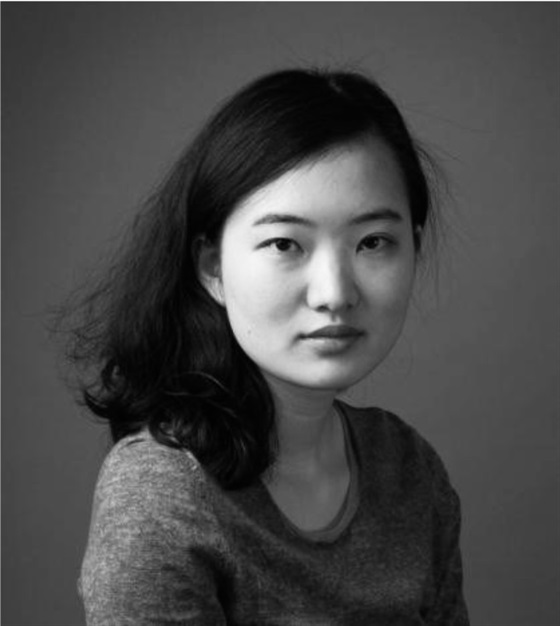Everything and Nothing
Duration: 11/20/2020-1/20/2021
W.ONE SPACE is pleased to announce our opening exhibition: Everything and Nothing. We are honored to introduce our new space to the public. W.ONE SPACE is located in the Sea World Culture and Art Center in Shenzhen, designed by Fumihiko Maki, the first Asian architect to win the Pritzker Prize. The interior design is by INFINITY MIND, a young and promising design studio that has won many awards worldwide. Our first exhibition showcases the unique perspective of W. ONE SPACE and reflects our aesthetic aim of combining within one horizon ancient and modern works according to their qi, or artistic aura. We create possibilities of dialogue between artworks from different times and places within one space, so that these works in different contexts can be interpreted in new ways.
The exhibition showcases sixteen pieces of ancient Chinese artistic treasures, including bronze-ware, porcelain, Buddha statues, Thangka (Tibetan Buddhist paintings on cotton or silk), ancient rubbings, and etc. At the same time, this exhibition presents wonderful works of fourteen modern and contemporary artists: Bai Yang, Charlie Sheard, Chen Yunyun, Ding Yi, Fan Bo, Hu Qinwu, Huang Jia, Inoue Yuichi, Liang Shaoji , Lin Gang, Richard Lin, Ma Hongfa, Tsugouharu Foujita, Wu Shan, Yang Luzi, and Chu-Teh Chun.
The word "万一" is often used in daily life without particular notice, but the possibilities for its interpretation are in fact grossly underestimated. The theme of this exhibition revolves around "万一" and is divided into four sections to interpret the relationship between one and ten thousand: One Produces All Things; All Things Return to One; Harmony Between Man and Nature - the Progression of Rationality, Sensibility, and Divinity; and Sacrificing to Tian through Cyan-coloured wares. These four concepts jointly expound upon the unified field of humans and nature without boundaries, making use of artworks to epitomize the core of traditional Chinese philosophy. Beyond this, it reveals the emotions and experiences shared by human beings as a community with a shared future in this special moment.
The first section of the exhibition starts from ‘one’, presenting the logic of everything in a lifetime; these minimalist works are very visually concise. These seemingly simple and calm works have in fact only been finally unified after repeated overlapping and tempering. The shape of the object will vary depending on the formation and reformation of different modules. Beginning from ‘one’, the object divides into countless pieces. For example, slight changes in the decorative pattern transform porcelain into something entirely new. ‘Ten thousand’ then reverts to ‘one’, meaning everything is one. Ancient Thangka and abstract paintings are very logically similar in terms of painting technique. Each of the painting’s elements seek overall harmony through repetition. They are complex but unified, seeking harmony and the order of ‘all things united’.
The craftsmanship of marble-glazed artifacts is incredibly similar to the painting process of abstract works. Craftsmen from the Tang Dynasty mixed porcelain clay with different colors to throw a shape. The marble texture changed endlessly during the firing process, and the unique marble-glazed porcelain was formed under both controllable and uncontrollable conditions. In the act of abstract painting, the artist creates unconscious images between sensibility and rationality, and seeks for a balance in the controllable, infinite variations. Therefore, time and space are no longer obstacles to the integration of human beings with nature.
Throughout the vast span of Chinese history, people regarded Tian (sometimes translated as sky) as a sovereign master. The better the ancients was able to read the sky and have a firm grasp of astronomy, the better they could observe and adapt to nature and create an agricultural civilization. Cyan is sacred. People used cyan to worship and communicate with the sky. Cyan bronze ware and Guan Kiln porcelain from the Southern Song Dynasty are the physical externalization of sacrificial traditions. Cyanine is also often found in contemporary art works. It can be deep or airy, contemplative or romantic. We can find the color of cyanine in the sky, the sea, the concrete, and the infinite.
This exhibition juxtaposes ancient and modern works, providing the public with unique perspectives and ideas for examining art from different periods. The ancient works exhibited are not only in dialogue with contemporary works, but also a declaration to the world that fully demonstrates the diversity and inclusiveness of art and the powerful vitality of the contemporary transformation of classic art. This exhibition is also our first sincere gift to audiences during this difficult time of global pandemic.

